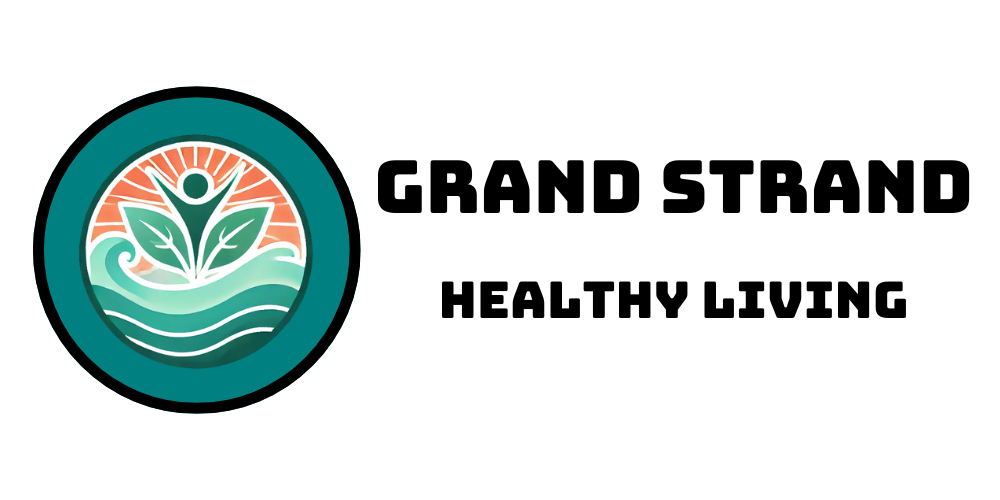
Understanding Toxicity in Nature: The Reality Behind The White Lotus
The recent episode of The White Lotus raised eyebrows when it portrayed the deadly effects of a fictional fruit. This leads us to ponder: how accurate are these depictions of poisonous plants? Just how dangerous are certain fruits in reality, and what lessons can we draw from fiction?
The Truth About Edible and Toxic Fruits
In nature, various fruits can be harmful or even lethal. For instance, the well-known black nightshade can provoke nausea, hallucinations, and in extreme cases, death, if consumed in large amounts. Likewise, the oleander plant, often mistaken for a harmless garden shrub, contains potent toxins that can affect the heart if ingested. However, not all bright fruits are bad news; many have therapeutic properties and are celebrated for their health benefits.
Playing with Impact: How Fiction Influences Perception
Movies and shows often exaggerate reality for dramatic purposes. In The White Lotus, the portrayal of toxic fruits serves as a metaphor for deeper themes of danger and deception within the social elite. For our audience in the Grand Strand, this raises an interesting discussion: how do such representations impact our understanding of local flora? Moreover, with the ocean and coastal regions surrounding Myrtle Beach and Pawleys Island, many residents may not recognize potentially harmful plants in their local environment.
Connecting to Nature: A Local Perspective
With places like Surfside Beach and Murrells Inlet rich in biodiversity, residents should be educated about their surroundings. Quite a number of coastal plants are beneficial to health, like the sea kale which is a fantastic source of vitamins and minerals, or chickweed, often used in salads and for its soothing properties. Understanding these plants not only enhances our diets but fosters a sense of appreciation for our local ecosystems.
Healthy Eating: Embracing Natural Foods
Recognizing harmful plants makes it all the more essential to embrace local, edible species that are beneficial to our health. Residents throughout the Grand Strand, from Georgetown to Litchfield Beach, have the opportunity to explore farmers' markets and engage with organic produce, ensuring wholesome diets. Eating locally not only supports health but also the community, providing quality, fresh produce for families.
Encouraging Safe Exploration: Tips to Navigate Local Flora
When venturing out into your backyard or local parks, consider these practical tips for safe exploration of plants:
- **Educate Yourself**: Familiarize yourself with local toxic plants versus beneficial ones available in your area.
- **Join Community Workshops**: Various organizations around the Grand Strand hold workshops on safe foraging and plant identification, perfect for families and friends.
- **Leverage Technology**: Use trusty apps that identify plant species, helping you understand what's safe to consume.
Conclusion: From Fiction to Reality - An Ongoing Conversation
While The White Lotus offers a tantalizing glimpse into the dramatic, the reality of local flora is a rich and potentially rewarding avenue to explore. Understanding what’s safe and healthy makes outdoor experiences more positive and less risky. So, let’s embrace our surroundings, foster our knowledge, and promote healthy lifestyles.
For more resources on local health, wellness activities, and edible plant workshops, reach out to your local community centers and health organizations today!
 Add Row
Add Row  Add
Add 





 Add Row
Add Row  Add
Add 
Write A Comment